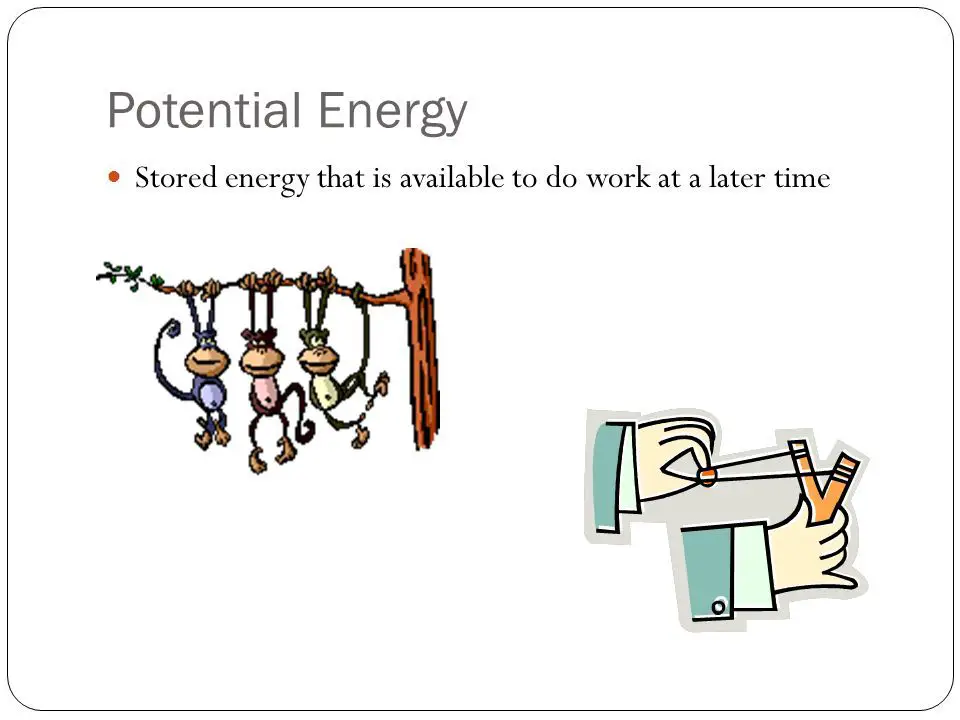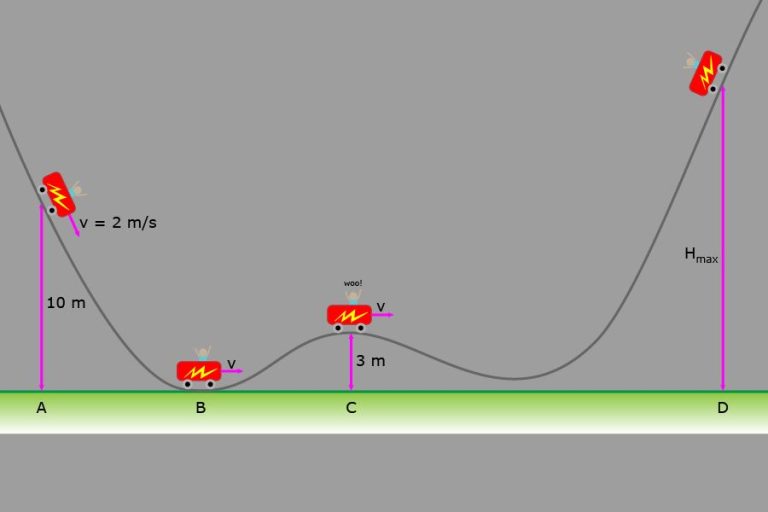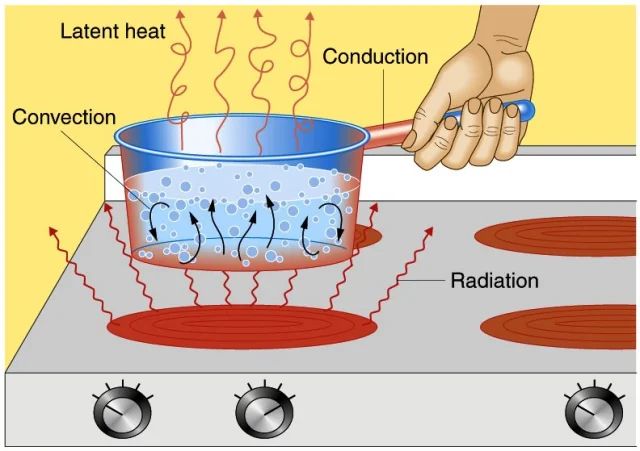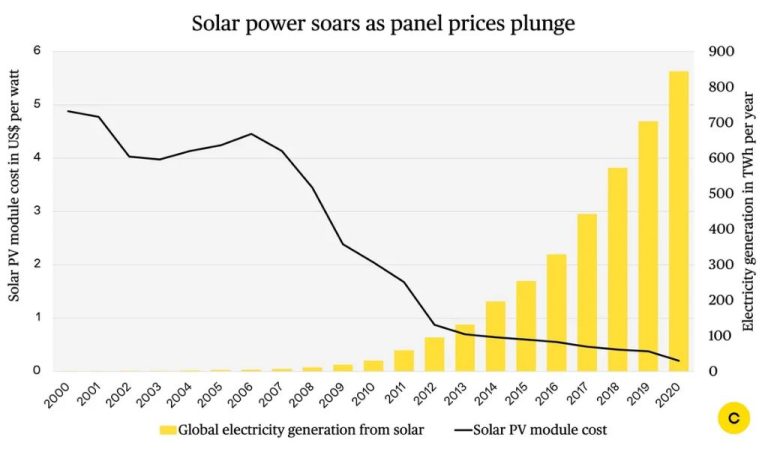How Is Work Converted To Potential Energy?
Work and potential energy are two key physics concepts that are closely related. Work refers to the process of exerting a force over a distance, while potential energy refers to energy that is stored and held in readiness. There is an important relationship between work and potential energy – specifically, work can be done to convert kinetic energy into potential energy.
This conversion between different forms of energy is known as the conservation of energy principle. By exerting a force on an object over a distance, work can be done to give that object gravitational potential energy, elastic potential energy, or chemical potential energy. The potential energy is then held in the object and can be released at a later time to do more work.
Understanding the link between work and potential energy provides insight into how energy can be stored and tapped into. This knowledge is key across many scientific fields and technologies that rely on converting work into useful potential energy.
Work
In physics, work is defined as force applied over a distance. Work is done when a force causes an object to be displaced. For example, when you lift a book from the floor, you are doing work against the force of gravity. The mathematical definition of work is:
Work = Force x Distance
So if you apply a force of 5 newtons to move an object 3 meters, you have done 5 x 3 = 15 joules of work. The unit for work is the joule (J).
Here are some examples of doing work:
- Lifting a book from the floor – you apply force against gravity to move the book upwards.
- Stretching or compressing a spring – the force applied to the spring over a distance does work.
- Pushing a box across the floor – force is applied to move the box a distance.
In all cases of doing work, a force is exerted on an object that causes displacement or movement.
Potential Energy
Potential energy is the stored energy an object has due to its position or chemical configuration. There are several different types of potential energy:
Gravitational Potential Energy
Gravitational potential energy depends on the mass of an object, its height above a reference point (such as the ground), and the strength of gravity. For example, a book held over your head has more gravitational potential energy than when it is on a table. As the book is raised higher, it gains more potential energy.
Elastic Potential Energy
Elastic potential energy refers to energy stored in elastic materials that are deformed or stretched from their natural state. For example, a stretched rubber band or compressed spring has elastic potential energy. This energy is released when the elastic material returns to its original shape.
Chemical Potential Energy
Chemical potential energy is energy stored in the bonds between atoms and molecules. Food, fuel, and batteries contain chemical potential energy that can be released through chemical reactions. For example, the chemical energy in gasoline is converted to kinetic energy when it combusts in an engine.
Relationship Between Work and Potential Energy

Work done on an object transfers energy to that object. This transferred energy is stored as potential energy within the object. When work is done to move an object against an opposing force, such as gravity or a spring, it gains potential energy. The work put into the object is effectively “stored” as this potential energy until the object moves back to its initial position.
For example, lifting a book from the floor to a shelf does work against gravity. This work gets stored as gravitational potential energy in the book. As long as the book remains on the shelf, it has this potential energy available. When released, the potential energy is converted back into kinetic energy as the book falls. The same process applies for loading a spring or compressing a gas. The key is that work input leads to stored potential energy, which can later be released.
Gravitational Potential Energy
Gravitational potential energy is gained by lifting an object against the force of gravity. The higher the object is lifted, the more gravitational potential energy it possesses. Gravitational potential energy depends on three factors:
- Mass – The more massive an object is, the more gravitational potential energy it will have at a given height.
- Gravity – The stronger the gravitational field, the more potential energy for a given mass and height.
- Height – The higher an object is lifted against gravity, the greater its gravitational potential energy.
For example, lifting a 10 kg mass 2 meters high against Earth’s gravity results in the mass gaining gravitational potential energy relative to its starting position. The gained gravitational potential energy can be calculated as mass x gravity x height, or 10 kg x 9.8 m/s2 x 2 m = 196 Joules.
Elastic Potential Energy
Elastic potential energy is energy stored in compressed or stretched elastic materials such as springs or rubber bands. The amount of elastic potential energy stored depends on the spring constant (k) of the material and the amount of displacement (x) from the equilibrium position. The spring constant measures the stiffness of the elastic material – a stiffer spring has a greater spring constant. The more a spring is compressed or stretched, the greater the displacement from equilibrium.
The formula for elastic potential energy is:
Elastic Potential Energy = 1/2 kx2
Where k is the spring constant, and x is the displacement from equilibrium. The 1/2 comes from the integration of force over distance. The more stiff the spring (larger k) and the more it is displaced (larger x), the more elastic potential energy is stored. This energy can be recovered when the spring returns to its original shape. Springs and other elastic materials are great for storing potential energy that can be converted to kinetic energy.
Chemical Potential Energy
Chemical potential energy is the energy stored in the chemical bonds within molecules and atoms. This energy is released when chemical bonds are broken during chemical reactions and new bonds are formed. The quantity of energy released depends on the strength of the chemical bonds broken and formed. Strong chemical bonds like those in fossil fuels or explosives contain large amounts of potential energy that can be liberated rapidly during combustion or detonation. Weaker bonds like those in food molecules can also release energy through metabolism. Chemical potential energy drives many of the processes we observe in nature, industry, and even within our own bodies. The conversion of chemical potential energy to thermal energy and work is essential for human civilization.
Conservation of Energy
According to the law of conservation of energy, energy can neither be created nor destroyed, it can only be converted from one form to another. When work is done on an object, it gains potential energy. This potential energy can then be converted to kinetic energy if the object moves. For example, when you lift a book from the floor up to a table, you do work on the book and give it gravitational potential energy. If you then let go of the book, that potential energy is converted to kinetic energy as the book falls back towards the floor. The total amount of energy before and after remains constant – energy is simply transferred between different forms. In essence, the total energy of an isolated system always remains the same. Work done on an object increases its potential energy, while work done by an object decreases its potential energy, but the total energy is conserved.
Examples
Here are some common examples of how work can be converted into potential energy:
Lifting weights – When you lift a weight upwards, you are doing work against gravity to raise the weight. The gravitational potential energy of the weight increases as it gets higher. The energy to lift the weight came from your muscles doing work.
Pulling back bows – Drawing a bowstring back requires work to flex the bow. This elastic potential energy is stored in the bent limbs of the bow. When you release the arrow, this potential energy is converted to kinetic energy as the bow springs back to its original shape.
Winding clocks – Doing work to turn the key of a clock stores elastic potential energy in the coiled spring inside. Slowly releasing this energy powers the clock gears and hands over time.
Conclusion
In summary, work and potential energy have an important relationship in physics. When a force displaces an object, it does work on the object. This work can be stored as potential energy in several forms:
– Gravitational potential energy from lifting an object against gravity
– Elastic potential energy by compressing or stretching a spring
– Chemical potential energy by rearranging atoms and molecules
According to the principle of conservation of energy, the amount of work done on an object equals the amount of potential energy stored. This potential energy can then be converted back into kinetic energy and work. The transfer between different forms of energy drives many processes in nature and mechanical systems. Understanding the relationship between work and potential energy provides insight into how energy flows in the universe.





